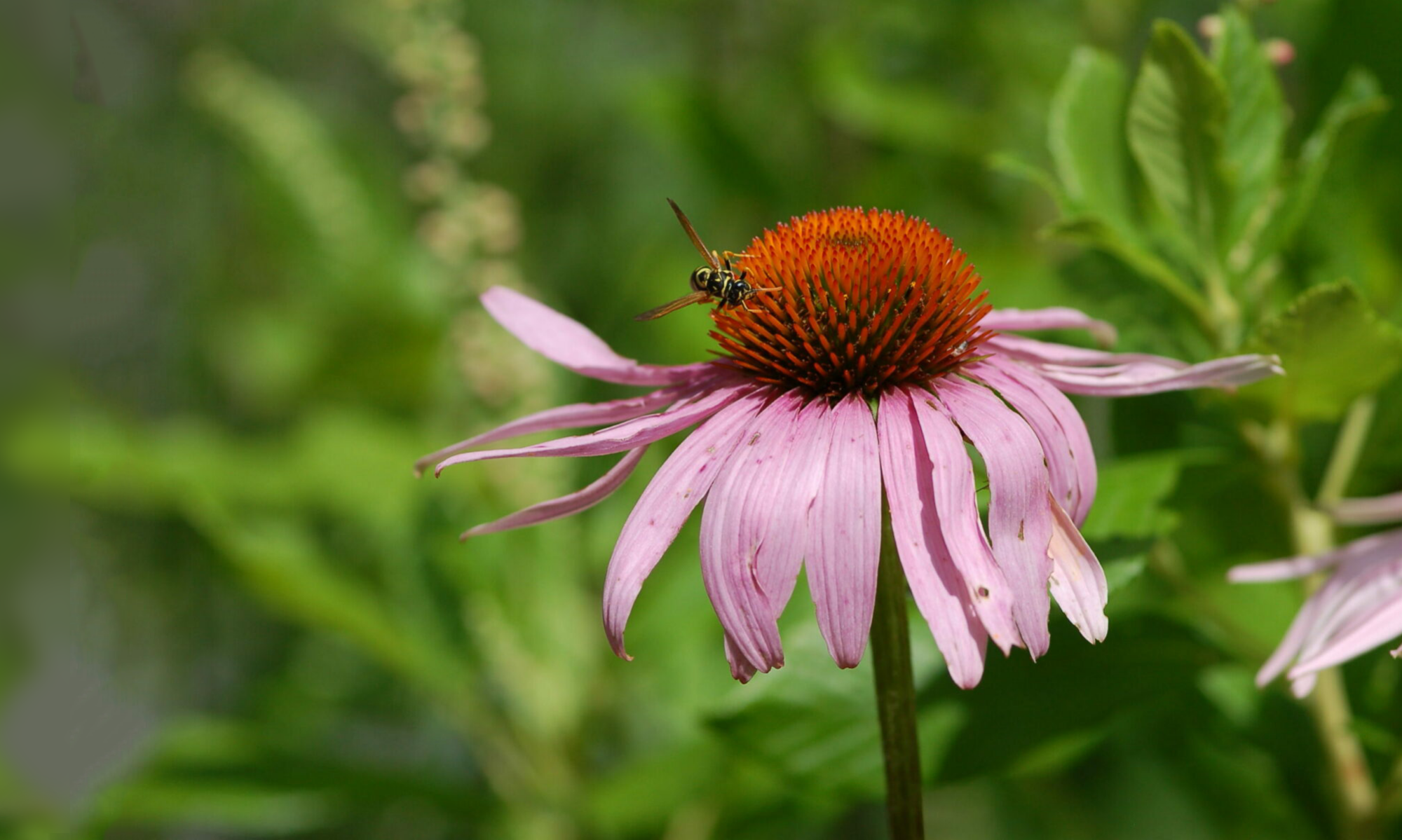A PLACE FOR BUTTERFLIES
By Melissa Stewart
Illustrated by Higgins Bond
Peachtree, 2006
Category: Picture book, non-fiction
This is the first year in many that my kids and I did not capture a monarch caterpillar, feed it milkweed leaves, marvel at its chrysalis, cheer at its hatching as a butterfly, and release it—with all our best wishes—to begin its migration to Mexico. Milkweed plants were plentiful and I am sure there were hundreds, perhaps thousands, of monarchs crawling and munching within a mile of our home. But this fall was busier than ever and somehow our monarch ritual got lost in the chaos. Bummer.
I didn’t realize how much I missed the tradition until my husband sent me this article about the arrival of the monarchs in their winter home. I was struck, as I am every year, with the journey the monarchs make from my backyard in the northeastern United States all the way to Mexico. Thousands of miles on wings as delicate as tissue paper, back to a place they have never even been. It seems impossible.
Today I pulled out Melissa Stewart’s A PLACE FOR BUTTERFLIES in homage. This beautiful picture book uses butterflies to introduce—in a simple but concrete way—some of the major environmental issues of our time. Sidebars on each double page spread relate the story of an endangered butterfly species and the steps we humans can take to ensure their survival. Higgins Bond’s illustrated butterflies are lovely, and her monarchs will tie me over until spring when the grandsons and granddaughters of the monarchs resting peacefully in Mexico (even as I type) arrive back in my yard. I will not forget them next year!

